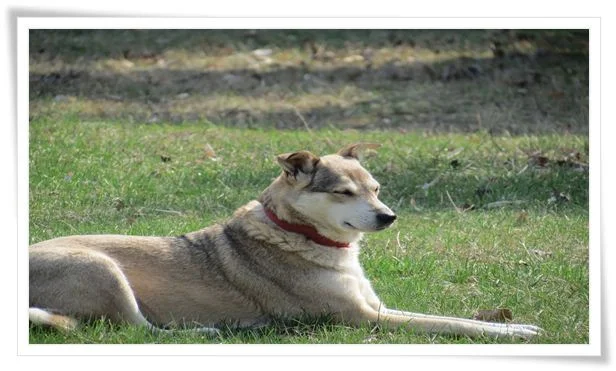Dog Training – Basic Command Rules
Owners would like to have an obedient, calm and faithful dog because an obedient and trained dog is a happier dog, most unlikely to get into tussles with people or with other dogs. In addition, a socialised and trained dog is more reliable and interacts so much better with family companions, especially in households with young children.
They are also less likely to suffer from behavioural problems such as unprovoked biting and vicious attacks on humans. Many communities require that the dogs living in their neighbourhoods be well trained, and for a good reason – especially for many breeds thought to have aggression and behaviour problems – dog breeds like Pit bulls and Rottweilers for instance.
When considering training your own dog or having someone else to help you train it, there are certain basic commands that must be mastered by your dog. These basic commands include:
Sit – it is vital to train your dog to sit on command. Speak to it in a very firm and authoritative tone, otherwise your dog may not realise that you are serious or associate what you say with danger and discipline. Say it like you mean it. Start training early, when your dog is still a puppy. Make sure that you use the same gestures, body language, the same command words (i.e. “sit”, “roll over”, “come here”, “fetch” etc) consistently in order to allow the dog to associate these words or motions with what he is supposed to do. Practise, practise and practise.
Heel – it is important to teach your dog to learn how to walk beside you on a loose leash, neither pulling ahead nor lagging behind.
Down – lying down on command is more than just a cute trick; it is a key component of any successful dog training program. This is also to make sure that your dog obeys your order as the leader of the pack.
No – make sure that you train your dog to respond to the word “No”. This, of all the command words, is the one word that all dogs MUST learn. Training your dog to respond to this word will stop your dog right in its track from doing what it is about to do, sometimes this could mean in life and death situations.
Stay – a well trained dog should be able to remain where it is when this command word is used, no matter how excited or threatened it feels.
Dog training does much more than just to create an obedient, willing companion. Training your dog properly could actually strengthen the bond between your dog and you and make it a much more fulfilling experience for both parties.
Dogs are by nature pack animals and they always look to their pack leader to tell them what to do. It is therefore crucial to establish yourself as the pack leader as early as possible to address dominance issues with your dog. The key to successful dog training is to set this right from the word go, as failure to do so leads to all manners of behavioural problems.
A well-trained dog will respond properly to all the owner’s commands, and will not display anxiety, displeasure or confusion. A good dog training program will focus on allowing the dog to learn just what is expected of it, and will use positive reinforcement to reward desired behaviours. Routine and patience is the key to successfully training your dog to perform these commands correctly.
Ongoing obedience training is a great way to fulfil some of the dog’s own needs, including the need for exercise, the security that comes with knowing what is expected of it, a feeling of achievement, confidence building and bonding with its handler.
Dog training also provides the dog a job to do and important goals to reach. Giving your dog a job to perform or challenges is more important than you may think. Dogs were originally bred by humans to do important work, such as herding sheep, guarding property and protecting people. Many dogs today have no important job to do which often leads to boredom and neurotic behaviours. This is especially important for high energy breeds like German Shepherds and Border Collies. Training sessions are a great way for these high energy dogs to use up their extra energy and simply to enjoy themselves. So incorporate lots of playtime into your dog’s training sessions and have fun!


Comments
Post a Comment